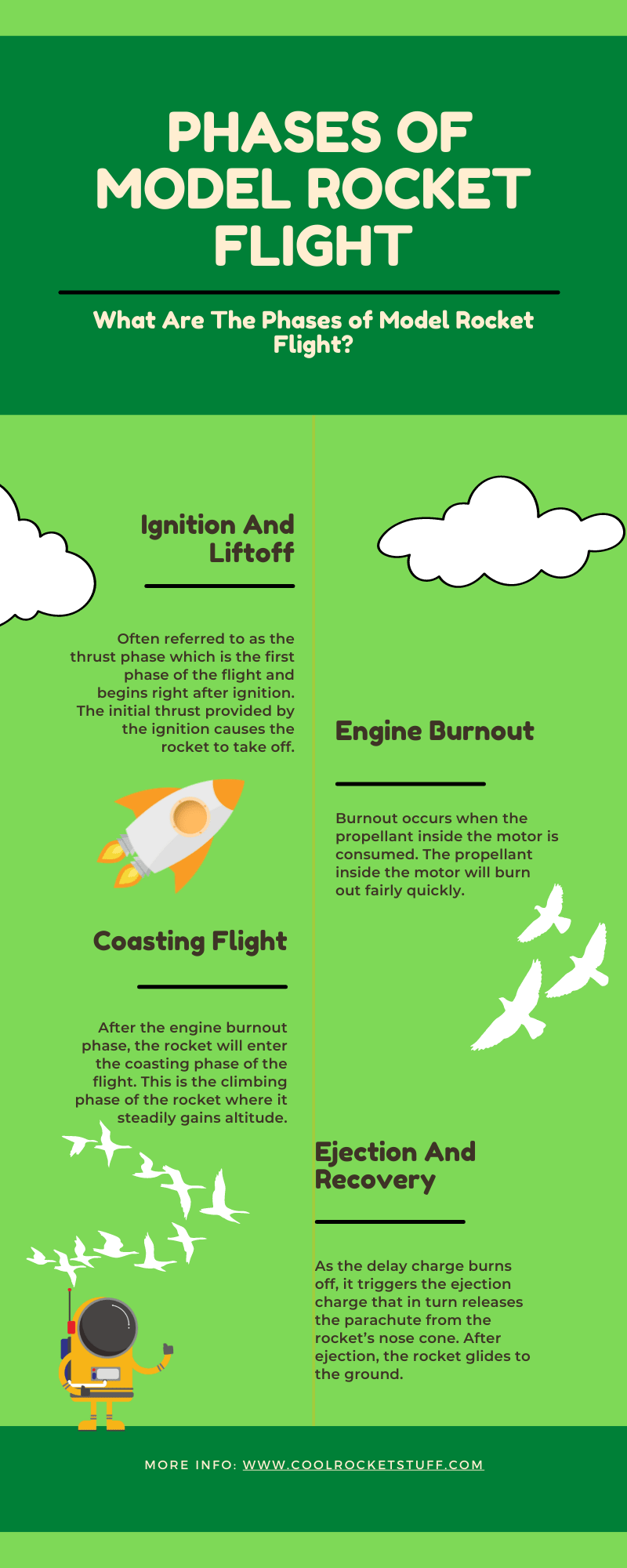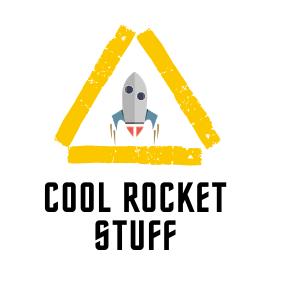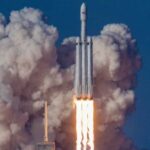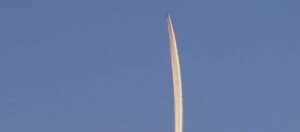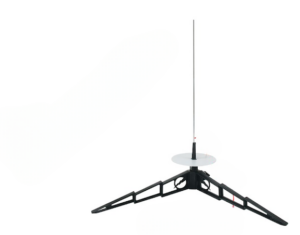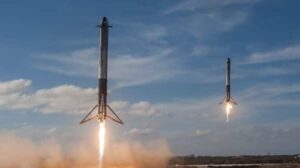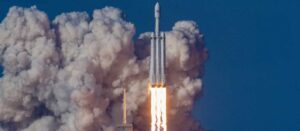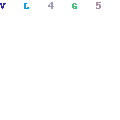
People can easily buy and build model rockets and they can be launched as easily. There are a number of stages a model rocket flight will go through. These are the phases of model rocket flight that are from launch to recovery. The knowledge of these phases will give you a better understanding of a rocket’s flight and help make better decisions.
In this post, we will go through what are the phases of model rocket flight. Let’s get started!
What Are The Phases Of Model Rocket Flight?
We will explain these phases in more detail which will help you when you are launching your model rocket. As well as that it will point you in the right direction.
Following are the phases that make up the complete flight of a model rocket, from launch to recovery.
Ignition And Liftoff
The ignition and liftoff are often referred to as the thrust phase which is the first phase of the flight and begins right after ignition. This is the initial phase in which the rocket is ignited and begins burning.
The initial thrust provided by the ignition causes the rocket to take off. Also, the rocket leaving the launchpad and ascending is known as liftoff.
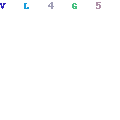
Generally, this phase of the model rocket flight is the biggest and the most powerful phase because it has to launch the rocket. The engine continues to operate until it has exhausted all its fuel.
Engine Burnout
Once the first phase is completed, the second phase begins. This is the engine burnout phase, Burnout occurs when the propellant inside the motor is consumed. The propellant inside the motor will burn out fairly quickly.
The process takes only a few seconds and by the time motor is completely burned out, the rocket has reached its top speed. Ultimately this means the motor is no longer producing a thrust force.
The engine burnout occurs at a low altitude which may be surprising to some. On most rockets, the burnout location is about 50 or 80 feet in the air even though they may reach thousands of feet in the air.
Coasting Flight
After the engine burnout phase, the rocket will enter the coasting phase of the flight. This is the climbing phase of the rocket where it steadily gains altitude.
Even though the engine has burned off, the rocket will keep ascending because of its inertia and aerodynamic forces. Simply there is physics at play here.
At this point, the rocket motor is not making thrust. However, there is something happening inside of the rocket which is the slow-burning process of the special composition known as the delay element.
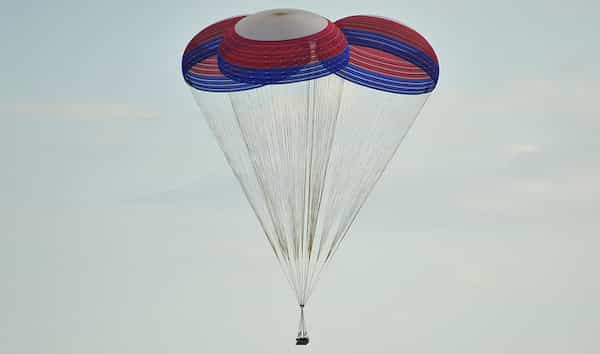
The smoke also continues to come out of the rocket during the coasting flight phase. It is very useful as it allows us to track the rocket and easily follow its progress into the air.
It is also the phase where the rocket may reach its highest point in the trajectory of the rocket. The coasting flight phase gives way to the ejection and recovery phase.
Ejection And Recovery
As the delay charge burns off, it triggers the ejection charge that in turn releases the parachute from the rocket’s nose cone. The parachute facilitates the rocket’s smooth gliding motion.
After ejection, the rocket glides to the ground and then recovers. Sometimes, it glides farther away from the launch site. The craft is usually maneuvered via small rockets that guide the spacecraft.
Unlike the main engines of the rocket, these maneuvering rockets can be used multiple times.
What Fuel Do Model Rockets Use?
Smaller model rockets use black powder rocket motor engines. The black powder rocket propellants consist of charcoal, sulfur, and potassium nitrate.
For larger model rockets they tend to use ammonium perchlorate composite propellant or other composite fuels that contain ammonium nitrate.
Final Thoughts
Finally, becoming familiar with these phases of model rocket flight will help you in understanding a rocket flight and made better decisions. Remember the phases are ignition, liftoff, engine burnout, coasting flight, ejection, and recovery.
Are you on Pinterest? Pin these!
